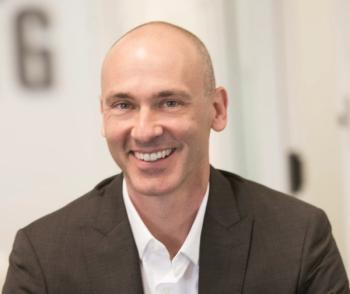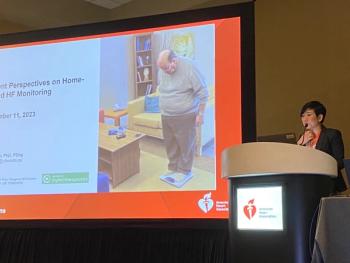
Primary care shortage could affect uptake of medical-home model
If the shortage of primary care physicians continues, the patient-centered medical home concept could come to an abrupt halt
Key Points
IF THE SHORTAGE of primary care physicians (PCPs) continues, the patient-centered medical home concept could come to an abrupt halt. Many are hoping, however, that the model will actually attract new medical professionals into primary care with the promise of fundamental improvements in care delivery.
The good news: PPACA is providing funding for training and development of 16,000 new PCPs over the next five years. Other provisions call for incentive payments equal to 10% of allowed charges for primary care services under Medicare Part B over a five-year period as well as funding of Medicaid payments at Medicare levels for two years (2013 to 2014).
"I don't believe medical homes will find enough primary care physicians who are willing to take the time to coordinate the care of patients to the extent promoters of the model envision," says Devon Herrick, senior fellow, National Center for Policy Analysis in Dallas. "Not only are primary care physicians already in short supply, but many of the tasks that they would be expected to take on to create a medical home are not compensated."
Add in the fact that primary care physicians earn only about one-third to two-thirds the income that many specialists earn and the result is that primary care doctors end up working longer hours, Herrick says. He anticipates that the shortage will make a broad rollout of medical homes difficult and that more mid-level practitioners will have to pick up the slack.
Wells Shoemaker, MD, medical director for the California Association of Physician Groups, has concerns over whether the medical-home model will be good for PCPs.
"The PCMH can't deliver by itself," Dr. Shoemaker says. "Individual points of light shining in different directions won't deliver care for a population."
Medical groups, built upon a foundation of supported, personally accountable primary care physicians, do have the ability to make changes and enable PCPs to earn substantially more in salary and quality bonuses. But payers aren't putting enough money on the table to make a PCMH an instant winner, he says.
"It's hard for a health plan to do that, especially in a state like California, where no one payer even has 25% of patient load," Dr. Shoemaker says.
He praises the medical home for its reliance on team care, in which certain things can be delivered by other clinicians. In addition, the model can help PCPs nail the meaningful use criteria for health IT, which translates into added income.
ONE SIDE OF THE COIN
According to Scott Latimer, MD, Humana West Florida senior products market president, Humana has launched three medical homes in Miami, Tampa Bay and Central and South Florida with primary care practices. In the project's two year history so far, he hasn't seen the PCP shortage turn into a barrier for implementation.
"The majority of physicians participating in the medical home express satisfaction with the team-based process, which enables them to see fewer patients each day and to spend more time with the patients they do see," he says.
David Labby, MD, medical director of CareOregon in Portland, Ore., sees the medical home as a better paradigm of care, which should change the role of physicians from sole deliverers of care to a team leader of care.
"The shortage of PCPs should actually shape the model and offer continuity of care," he says.
CareOregon has developed a medical-home training center, where medical groups can learn about best practices and share performance data. The plan also has developed a three-tiered reimbursement system that includes payment for process capabilities, for improvement and for outcomes.
Newsletter
Get the latest industry news, event updates, and more from Managed healthcare Executive.




